Discover the National Marine Sanctuary System through New Education Collections
By: Gabriella Valderrama
February 2022
Here at NOAA’s Office of National Marine Sanctuaries we are celebrating our 50th anniversary all year long! We are offering special collections and other educational resources so that everyone can discover firsthand what their spectacular sanctuaries have to offer. Our hope is that these educational resources will bring the ocean and Great Lakes into your classroom, home, or wherever you learn best. Keep reading to explore some of the new ways you can help us celebrate and encourage students, teachers, and adults to discover their National Marine Sanctuary System.
Find Resources by Topic!
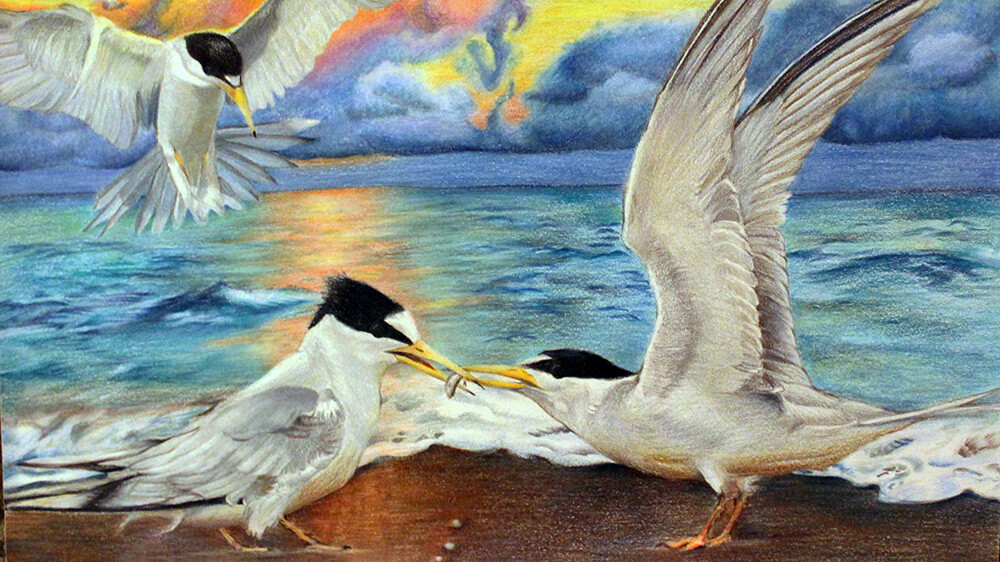
We are making it easier for educators and the public to find resources based on topics that interest you. There are two resource collection series that will periodically be released throughout the year to accomplish this goal.
Themed Elementary Collection
The first resource collection series was created in collaboration with the National Park Trust to further our audience and impact. From January to October 2022, National Park Trust and NOAA’s Office of National Marine Sanctuaries will be highlighting a new elementary collection each month. These collections are theme-based and pull together videos, activities, lessons, and more into one document for the educator’s ease. The 10 elementary collections are based on important aspects of our underwater treasures, such as marine debris, climate change, and kelp forests. The collections include materials aimed for younger students or those looking for a refresher on marine ecosystems!
View Elementary Collection50th Anniversary Collection
NOAA’s Office of National Marine Sanctuaries is also putting together 12 resource collections in honor of the National Marine Sanctuary System’s 50th anniversary tailored for an older audience than the elementary collections. Each month we will highlight a new collection featuring webinars, videos, lessons, and articles. Three resource collections have been published so far: check out the Ocean Sound and Impact Noise Resource Collection to learn more about the importance of noise among marine organisms and human impact that came out October; November featured the Whales Resource Collection, and the Coral Reefs Ecosystem Resource Collection just went live! Other themes that will be featured include dolphins, ocean acidification, and sharks! These resource collections emphasize the diversity of cultural and marine resources our sanctuaries protect and aim to educate the public at any level in an easy to find format.
View Anniversary CollectionCoral Connections
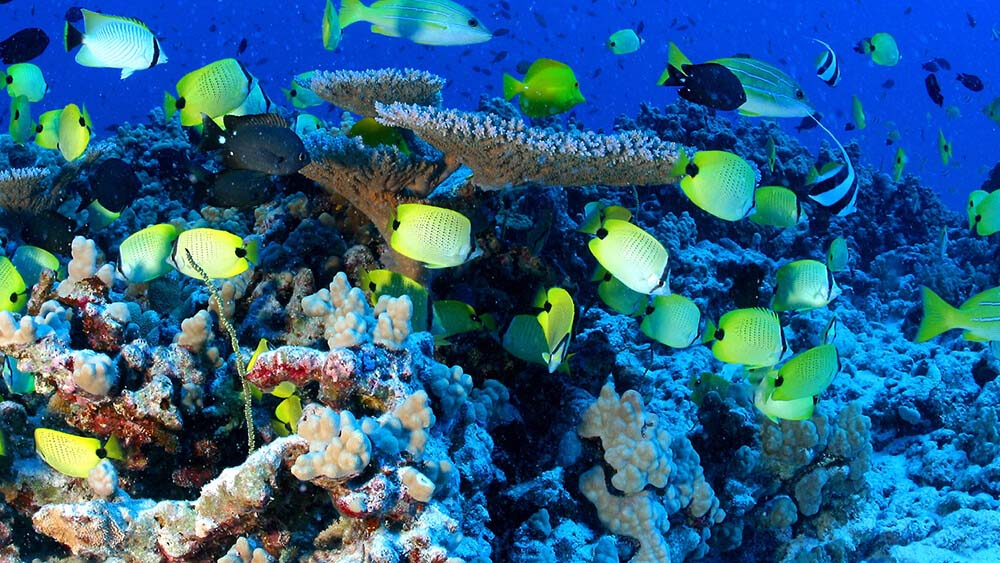
Our education team has been busy creating new content this year. One exceptional curriculum from this year focuses on the rainforests of the sea: coral reefs! Papahānaumokuākea Marine National Monument’s educators created the Coral Check-up Lesson Series engaging middle school students as coral scientists in training as they research coral sites across the Hawaiian archipelago. The Coral Check-up series has two units, each containing four interactive lessons, that encourage students to immerse themselves into the biological and cultural aspects of these living beings, building and deepening their personal connection to place while building skills to protect these special places into the future. The Coral Check-up Lesson Series is entirely virtual and ensures students are submerged into this underwater rainforest no matter their location, including 360° videos of the Hawaiian reefs. Over 80 educators have already been trained on this curriculum to use it in their lesson planning to teach future ocean stewards!
Papahānaumokuākea National Marine Monument also released the Exploring a Hawaiian Coral Reef with Michael Caban video this year exploring and describing the abundant marine life in a coral reef located near the Mokupāpapa Discovery Center in Hilo, Hawai’i. The video comes with a complementary coral ID sheet to help students recognize and differentiate the diverse organisms that commonly make their home in our largest marine protected area. Students are sure to be in awe of the zooxanthellae (tiny marine algae) that live in coral reefs and enjoy our spectacular sanctuaries from anywhere while also seeing firsthand the impact conservation and ocean stewardship has on our reefs!
St. Peter Schooner
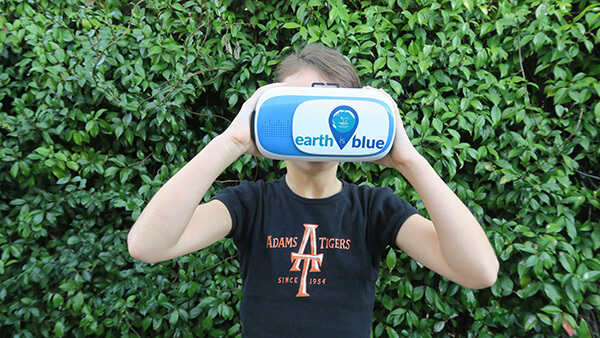
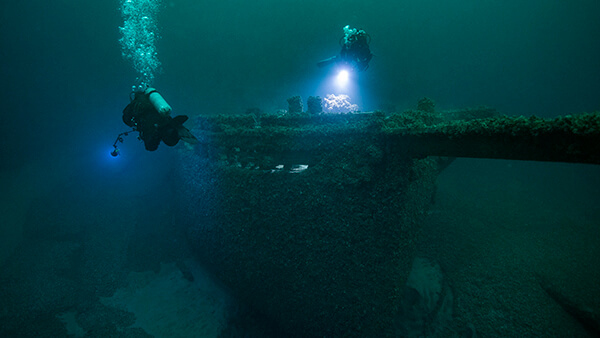
Adding to our award winning 360° virtual reality videos and lesson plans is a new lesson for immersive teaching and the discovery of our spectacular underwater maritime treasures! The 3D virtual reality video displays the proposed Lake Ontario National Marine Sanctuary, specifically filming the shipwreck of the schooner St. Peter in Lake Huron. An accompanying lesson plan created with Ocean First Education focuses on teaching students about different deep-water exploration technologies to inspire young stewards. The 3D video will also have an accompanying activity sheet to help students identify different parts of the shipwreck. Students delve deeper into the maritime history of the United States and early sailing to learn about the process of locating sunken cultural artifacts through historical research and then deep-sea technologies like sonar and photogrammetry. These videos are sure to pique the interest of students regardless of their location: just use any computer, smartphone, tablet, or a virtual reality headset to dive into the shipwreck site!
Webinar Series
As part of the 50th anniversary of the National Marine Sanctuary System, in depth webinars will be released for educators and older students alike. Make sure to check the Sanctuary Webinar Series site regularly to see which topics will be featured during our anniversary campaign. All the webinars are recorded and uploaded onto the archive soon after. You can browse the archived webinars for anything that piques your interest!
Cordell Bank Currents
In addition to an array of videos for educational content, Cordell Bank National Marine Sanctuary has an arsenal of over 100 archived podcasts describing the underwater world for listening-based learning from their radio broadcast. Topics cover unique aspects of ocean life like 3D Ocean Farming, Krill: a Keystone Species in the Ocean, and Who Glows There? which covers bioluminescence. Listeners hear from specialists in their field about ocean topics including history, exploration, science, expeditions, and more! Be sure to follow along with the new Listening Guide for Ocean Currents to facilitate educator use and engage students. Meanwhile, seabirds dive into different currents, which anyone can enjoy with Cordell Bank National Marine Sanctuary’s Seabird Scavenger Hunt to learn about Northern California’s native birds. Click the links on the document to watch a video and read more on the wildlife that inhabit our sanctuary and protect spectacular megafauna!
Ocean Acidification
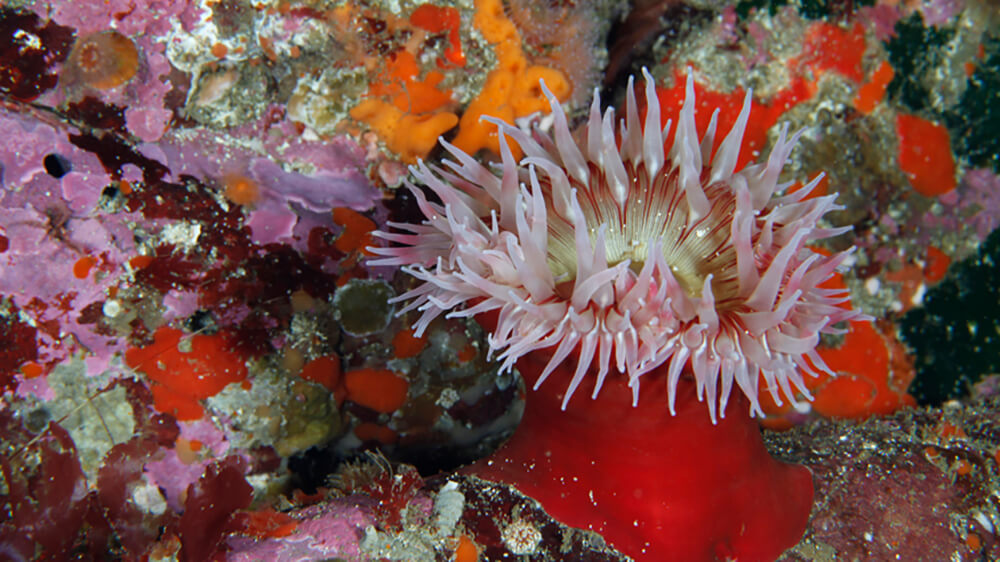
Cordell Bank National Marine Sanctuary created a lesson plan focused on ocean acidification’s effects on marine animals. The lesson, Calcifiers and Non-Calcifiers: Impacts of Ocean Acidification on Marine Organisms, is aimed at providing students with an understanding of the causes of ocean acidification, the effects of ocean acidification on marine organisms, and the solutions that exist to combat ocean acidification. Students learn the basics of acidification chemistry and increase of carbon dioxide in the ocean’s role in that process, students also discuss the negative effects ocean acidification has on coastal communities, especially their fishing sector and economy. NOAA’s Office of National Marine Sanctuaries is dedicated to supporting the local economies where our sanctuaries are located, and we encourage students to recognize and understand the ecological and socioeconomic value of marine resources and the need for resource protection to continue supporting coastal communities as part of the sanctuary.
Activities off the Press
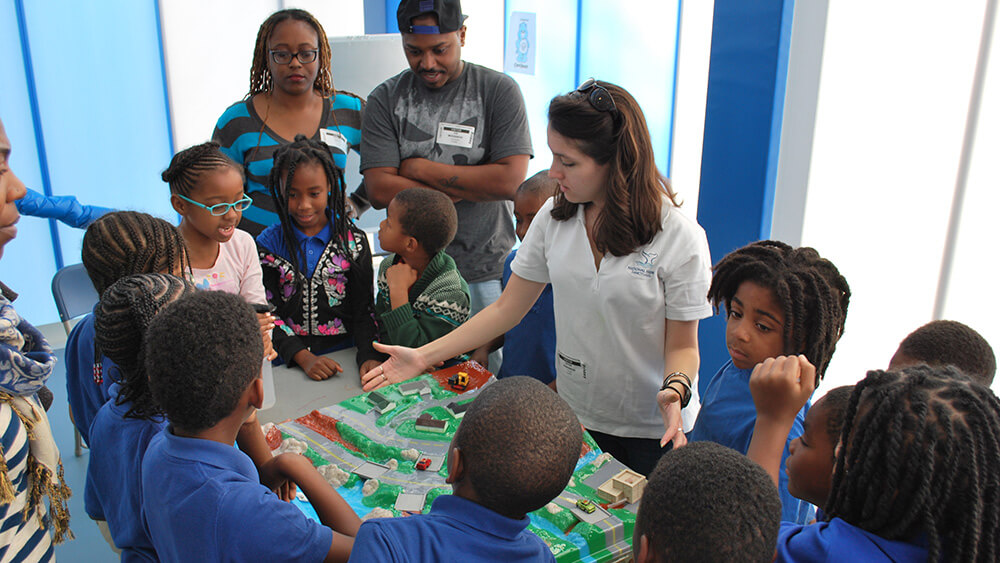
Soaring over to the East Coast, Stellwagen Bank National Marine Sanctuary recently released the Stellwagen Sanctuary Geography Quiz to test a quiz-taker’s marine geographical knowledge. Students discover and recognize Stellwagen Bank’s diverse terrain of underwater mountains, valleys, and plains. Marine sanctuaries not only protect the living organisms that reside within its boundaries, but also the unique landscape that is critical for a healthy ecosystem.
Lastly, make sure to tune in monthly to look at 50th anniversary commemorative posters for each sanctuary. These posters are being released each month in order of designation. Hang up the poster of the sanctuary closest to you, or make a collage!
To see even more educational resources, dive into the Office of National Marine Sanctuaries’ lesson plans, activities, videos, and more as we continue to add even more ways to continue exploring our spectacular sanctuaries.
We want to thank our education team across the National Marine Sanctuary System who all worked diligently to create quality content and foster partnerships to increase ocean literacy among students and the public during these unprecedented times with ever-changing virtual demands. We also want to thank educators across the nation for inspiring others to get curious about our ocean and Great Lakes, and for helping to create a more ocean literate society. Stay up to date with our materials to continue learning how to #SaveSpectacular while also staying safe!
Gabriella Valderrama is an Education and Outreach Division intern at NOAA’s Office of National Marine Sanctuaries and is a student at the University of Michigan.

